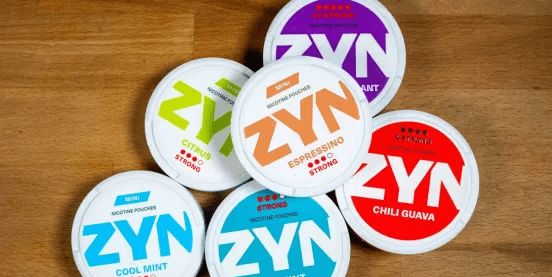
1. Explosive Market Growth: From Niche to Mainstream
The global snus and nicotine pouch market is poised to surge from 27.7Bin2023∗∗to∗∗400B by 2030, fueled by health-conscious consumers and regulatory shifts. Key drivers include:
- Health-Centric Shift: Snus reduces exposure to carcinogens by 95% compared to cigarettes, driving adoption among 12% of smokers globally.
- Youth Appeal: Flavored variants (e.g., mint, tropical fruit) contribute to 33% adoption among Gen Z in the U.S., raising debates about nicotine initiation risks.
- Regional Expansion: While Europe dominates (66% market share), Asia-Pacific emerges as the fastest-growing region (40% CAGR), with China’s unregulated online sales growing 20% annually.
Table 1: Snus Market Segmentation (2023 vs. 2030)
| Category | 2023 Share | 2030 Forecast | Growth Driver |
|---|---|---|---|
| By Product | |||
| Nicotine Pouches | 43% | 90%+ | Discreet use, flavor diversity |
| Traditional Snus | 57% | <10% | Declining demand in non-core markets |
| By Region | |||
| North America | 75% | 65% | FDA approvals, youth marketing |
| Asia-Pacific | 1.2% | 15% | Regulatory gray zones, rising imports |
2. Regulatory Battleground: FDA Approvals vs. EU Bans
U.S. Policy Breakthroughs:
- In 2025, the FDA granted Modified Risk Tobacco Product (MRTP) status to ZYN, permitting claims like “reduced oral cancer risk”.
- However, menthol flavors face scrutiny due to 25% youth adoption rates, mirroring Canada’s proposed 4mg nicotine cap.
EU’s Contradictions:
- Despite Sweden’s 5% smoking rate (vs. 23% EU average), the 1992 Tobacco Directive bans snus sales outside Sweden, fueling an 18% smuggled market in Norway18.
- Sweden’s 41% lower lung cancer mortality linked to snus adoption pressures EU policymakers to reconsider restrictions.
Asia’s Uncharted Territory:
- China’s snus market remains unregulated, with online sales thriving despite ambiguous policies.
- Australia mandates medical prescriptions for nicotine pouches, stifling accessibility.
3. Technological Innovations Redefining the Industry
Next-Gen Product Design:
- Synthetic Nicotine: Chinese firms like Rundo Co. produce pharma-grade nicotine (purity ≥99.5%), cutting carcinogens by 99% and costs by 40%.
- Smart Delivery Systems: Microencapsulation extends nicotine release to 90 minutes, boosting user retention by 30%.
- Eco-Packaging: Algae-based biodegradable pouches (launching 2025) reduce plastic waste by 30%, aligning with ESG goals.
Medical Crossovers:
- CBD-Infused Snus: Trials show 40% anxiety reduction in PTSD patients, opening partnerships with pharma giants.
- Smoking Cessation: Snus achieves 45-60% abstinence rates, outperforming nicotine gum in clinical studies.
4. Competitive Landscape and Investment Hotspots
Market Leaders:
- Philip Morris (ZYN): Dominates 55% of the U.S. market with 24.6% YoY growth in oral nicotine sales.
- British American Tobacco (Velo): Aggressive pricing strategies capture 15% global share, targeting Gen Z via music festivals.
Supply Chain Opportunities:
- Synthetic Nicotine Production: China controls 35% of global capacity, with firms like Jin Cheng Pharma scaling to 500 tons/year.
- Nonwoven Fabric Tech: Thermal-pressed materials enhance pouch comfort, with Chinese R&D closing the gap on European suppliers.
5. Ethical Dilemmas and Public Health Trade-offs
Balancing Harm Reduction and Risks:
- Proven Benefits: Swedish data shows 52% of male smokers transitioned to snus, with 60% achieving long-term abstinence.
- Youth Protection: 25% of U.S. users aged 18-24 are first-time nicotine consumers, driven by flavored products.
Industry Accountability:
- Marketing Tactics: Brands like ZYN mimic e-cigarette strategies via TikTok campaigns, risking underage appeal.
- Policy Advocacy: Health experts urge flavor bans and plain packaging, inspired by Canada’s regulations.
